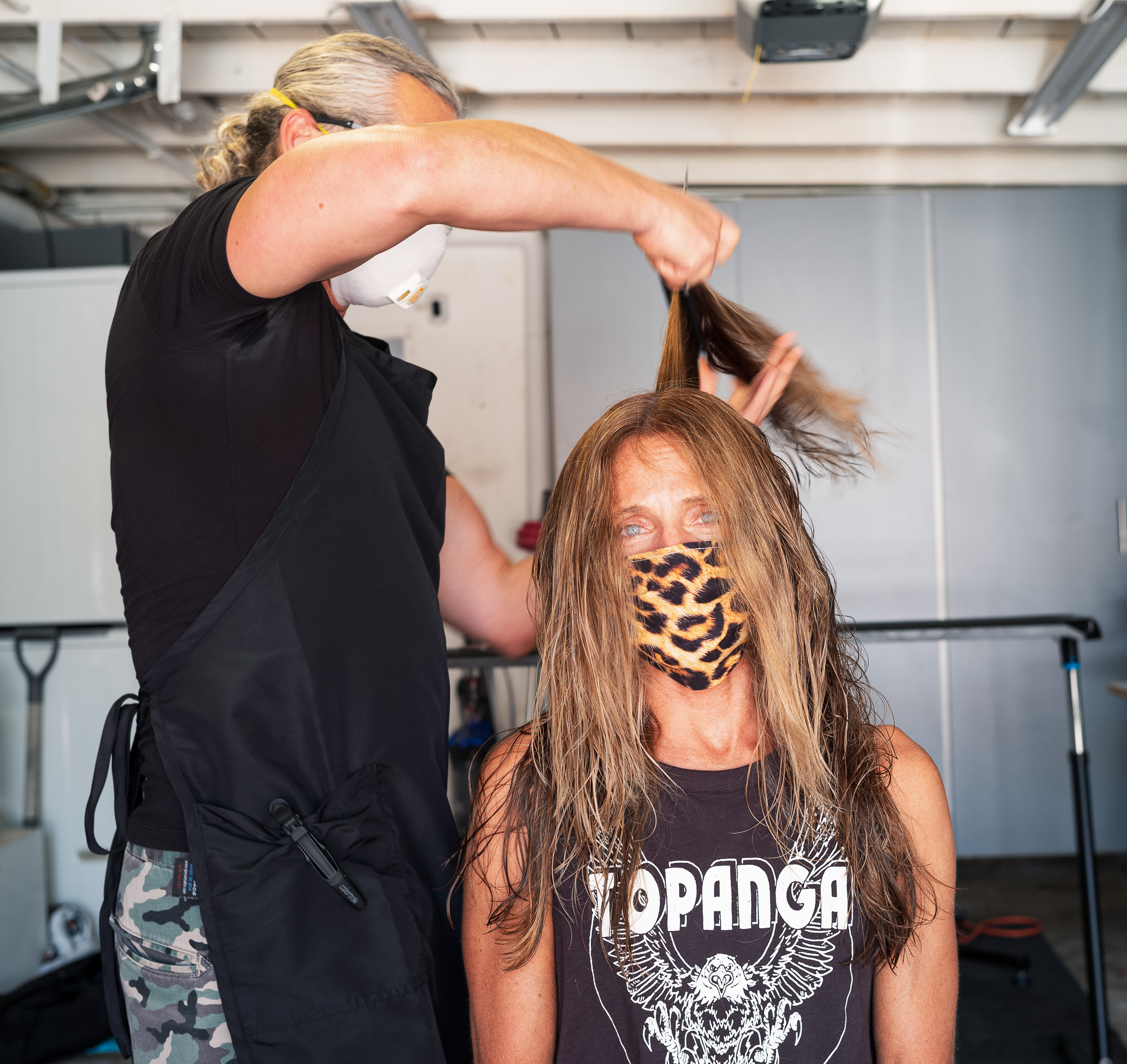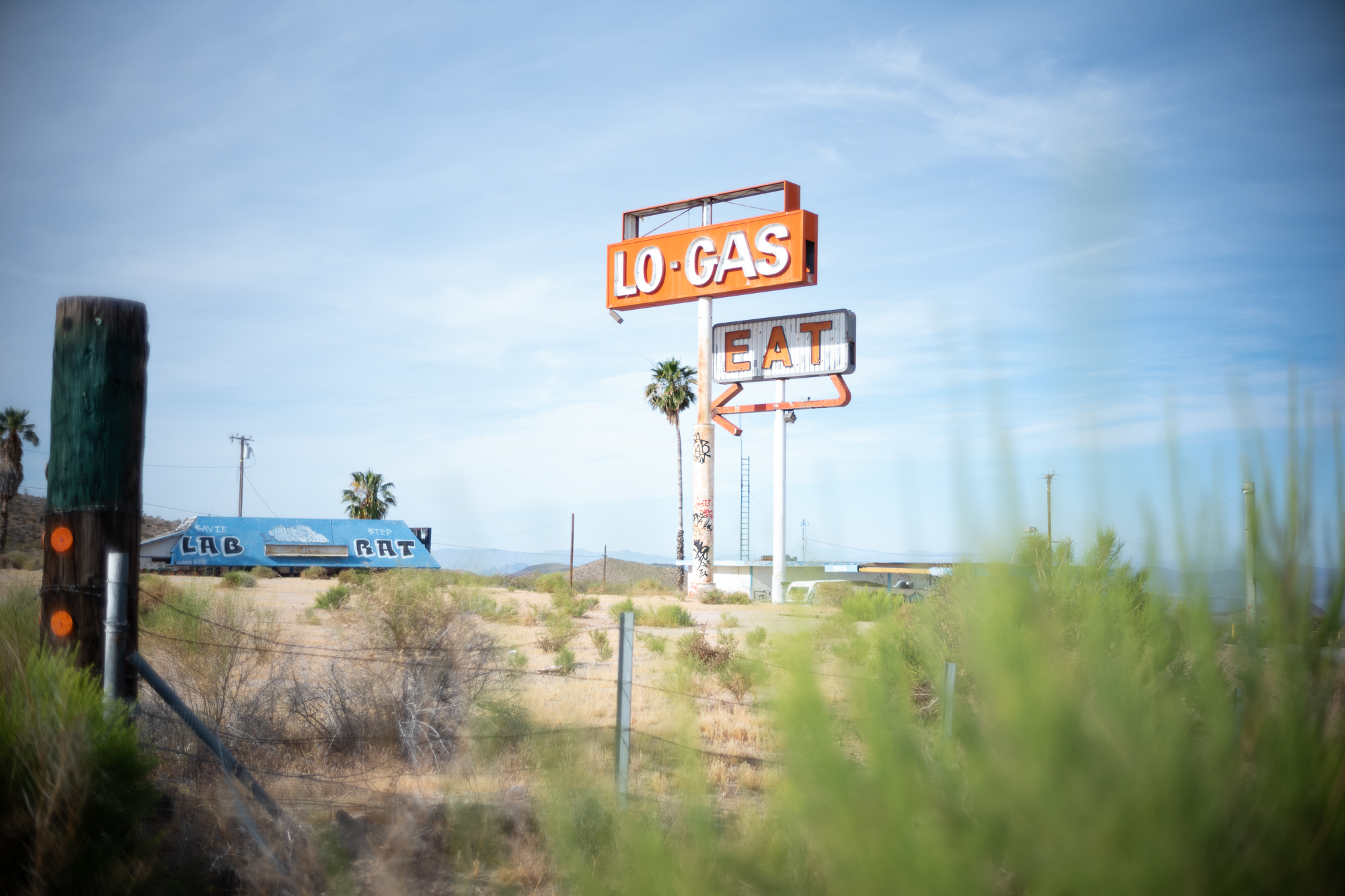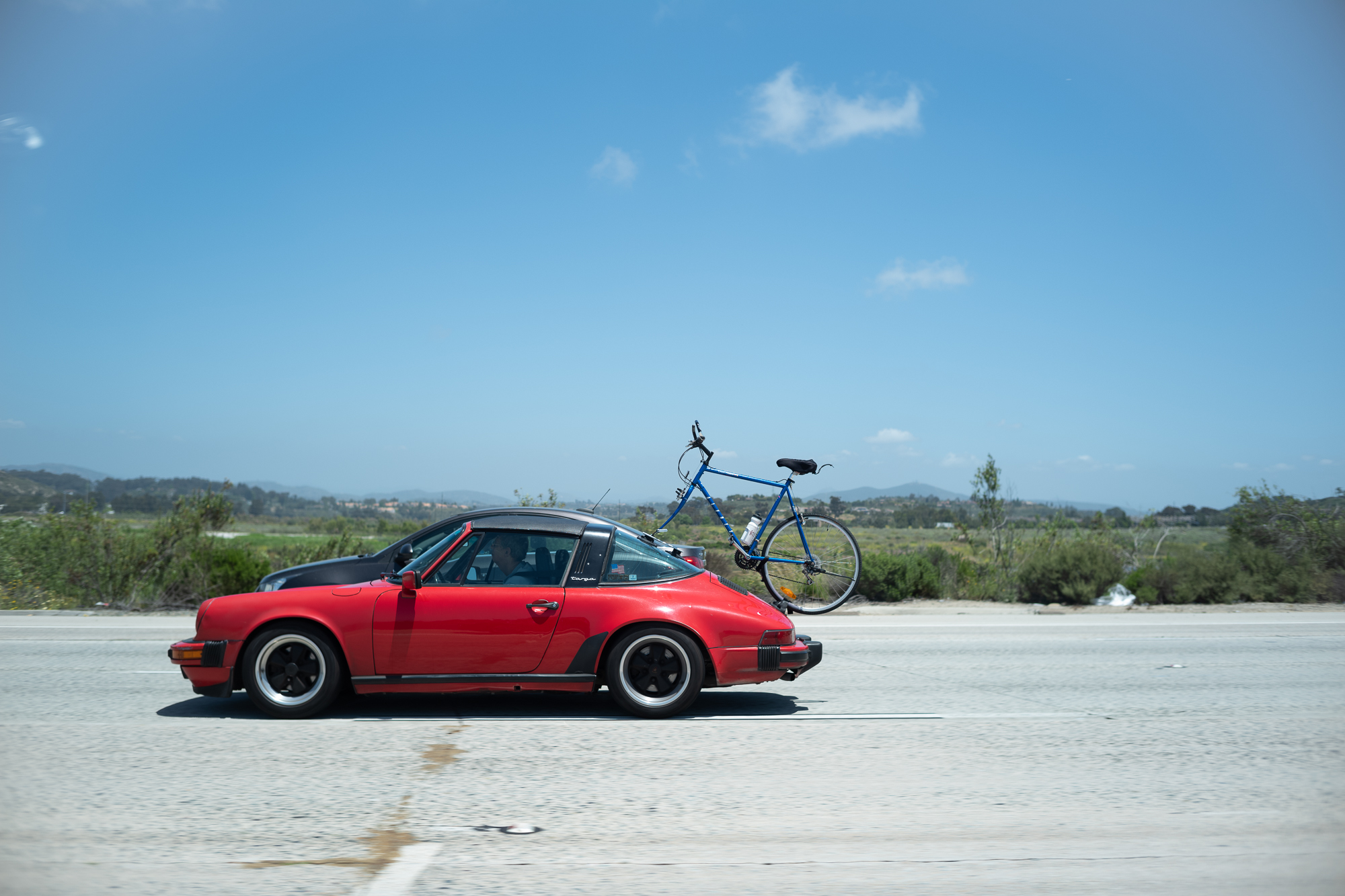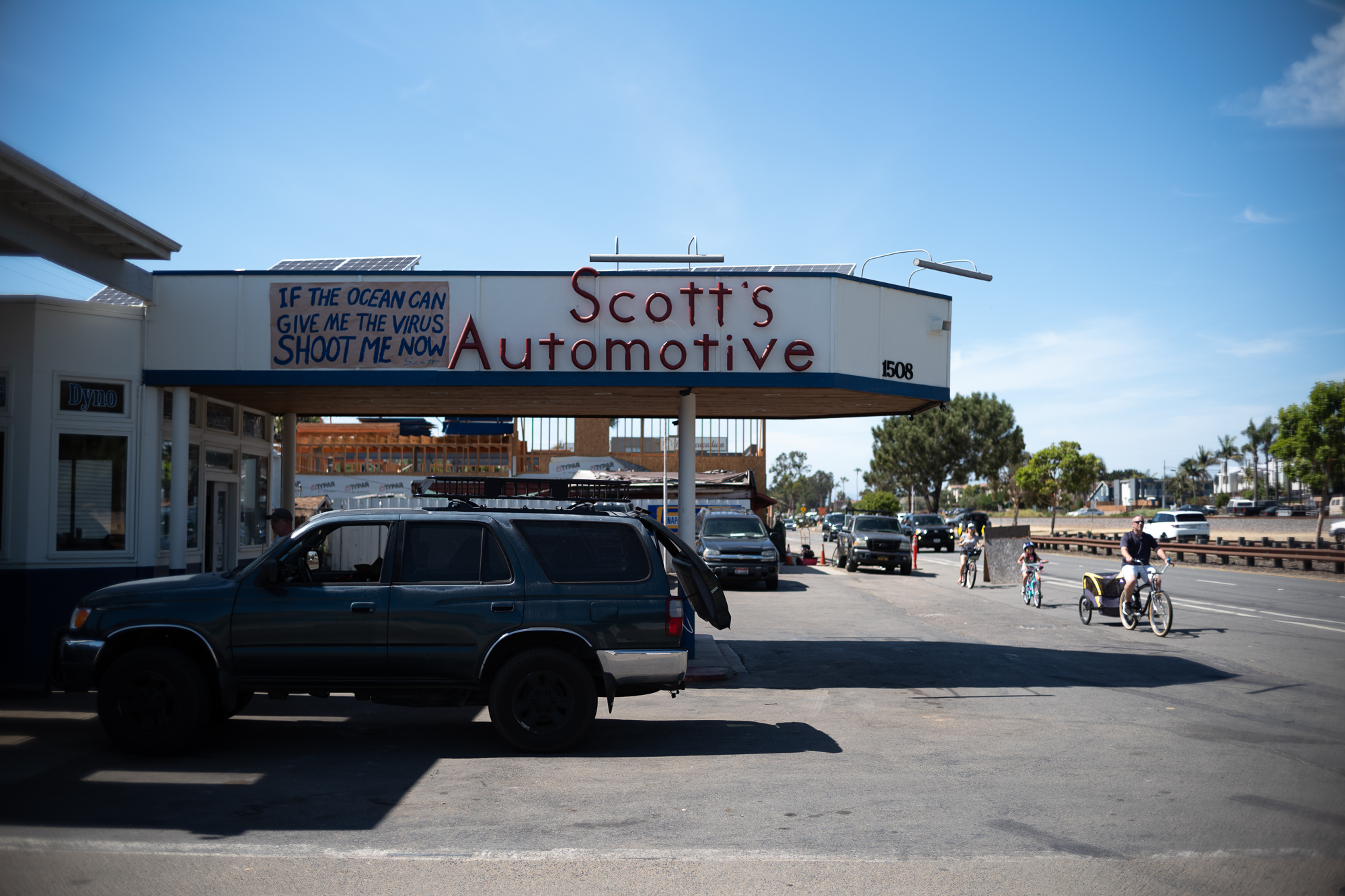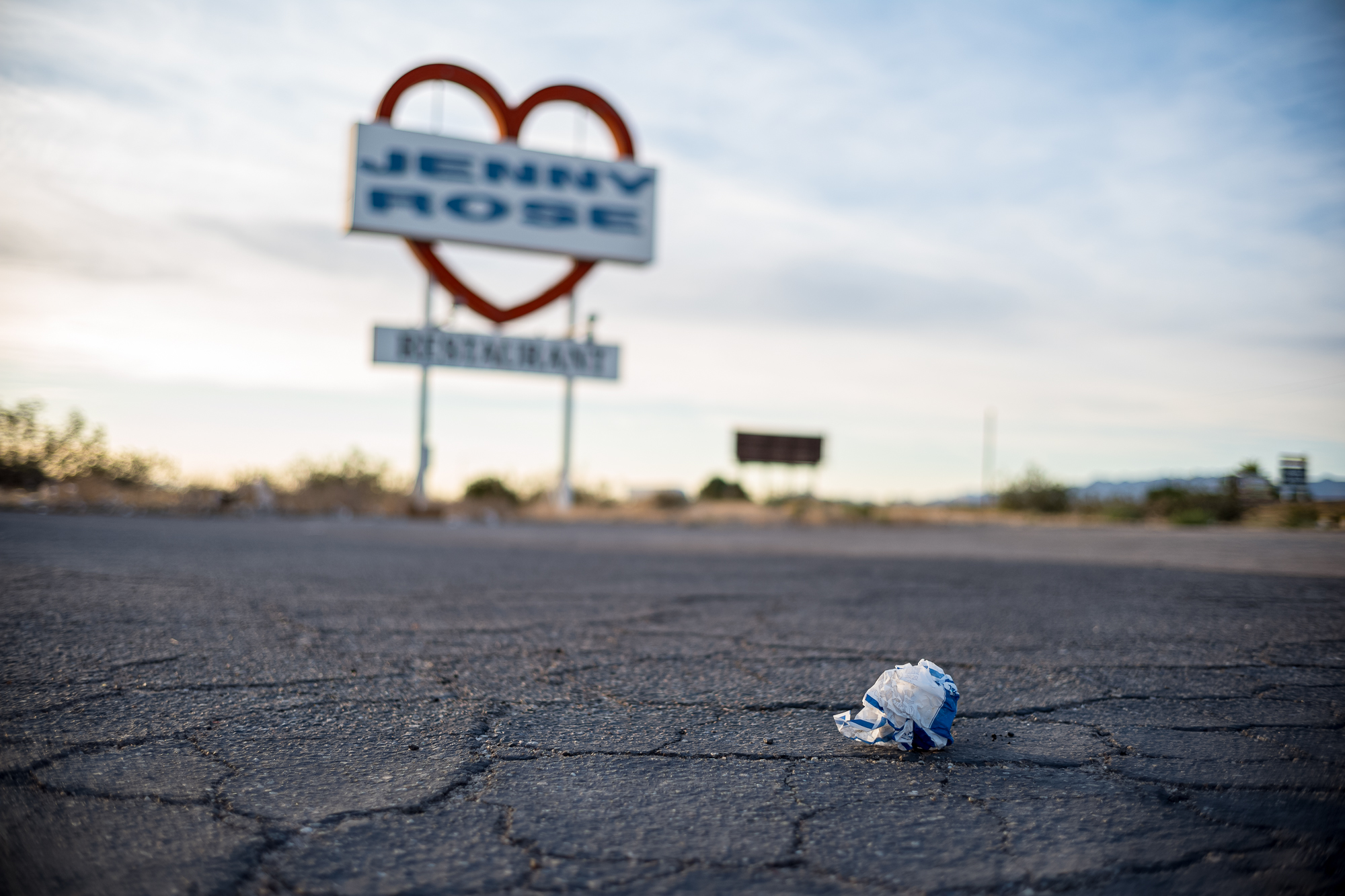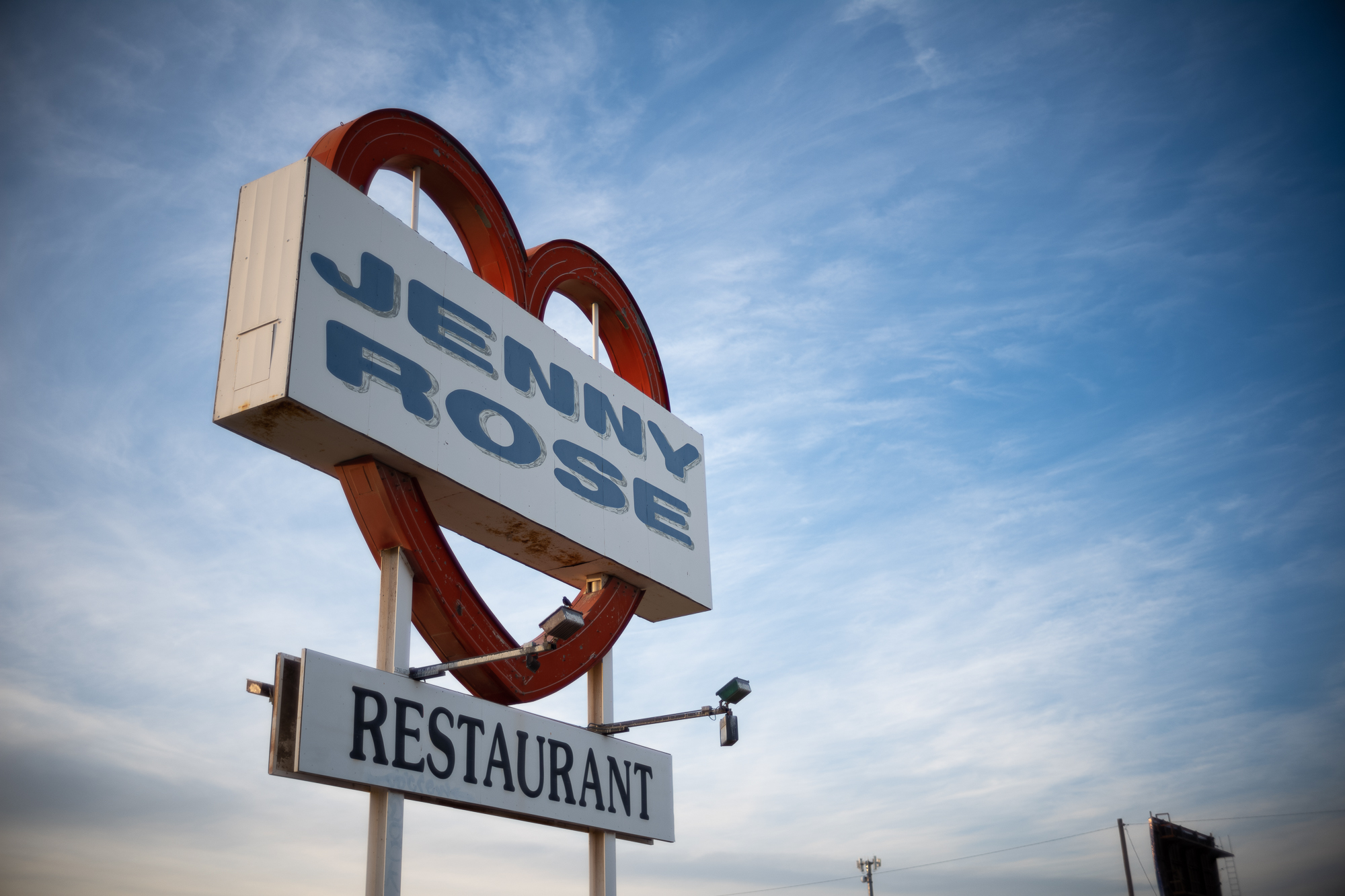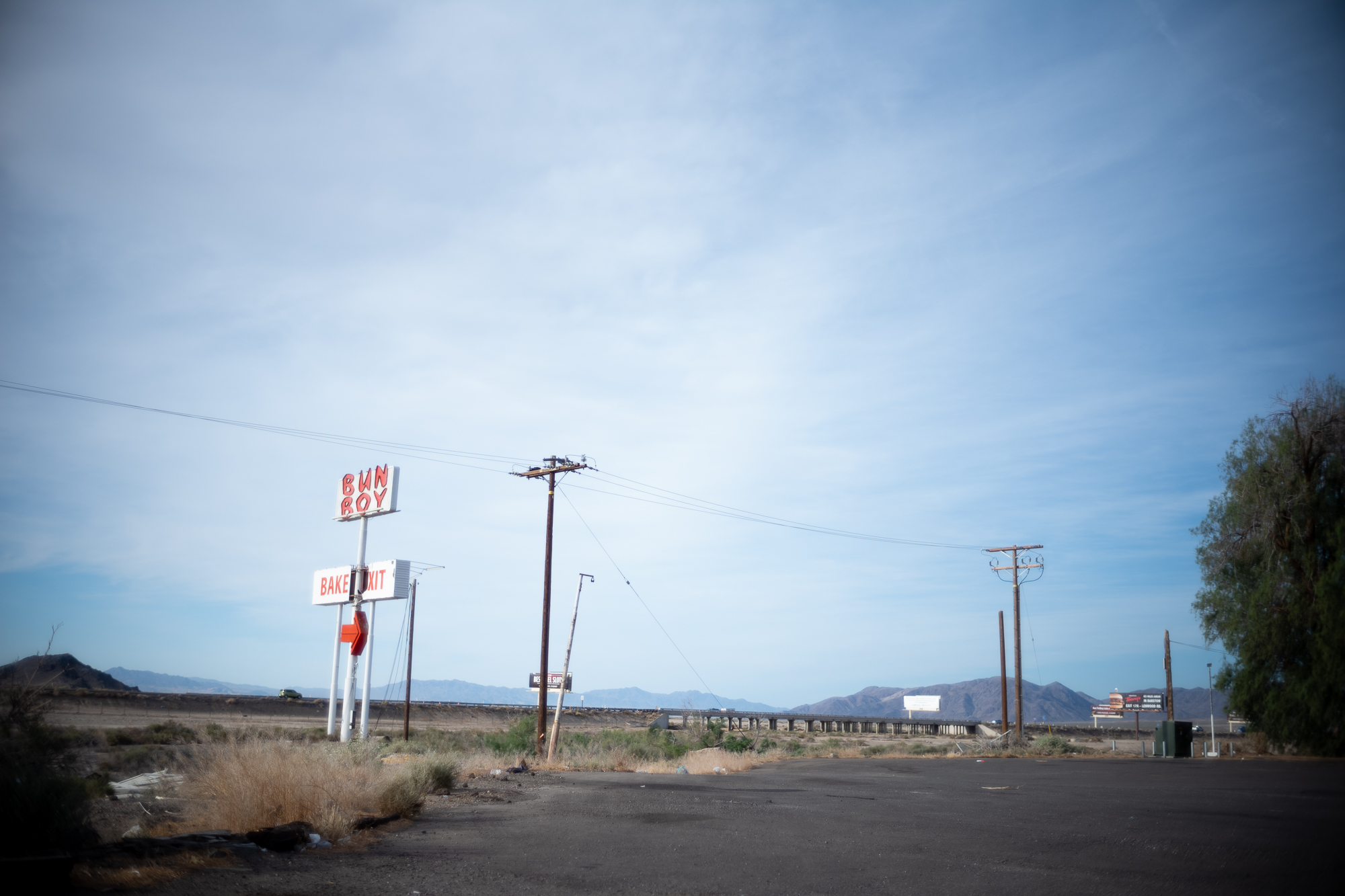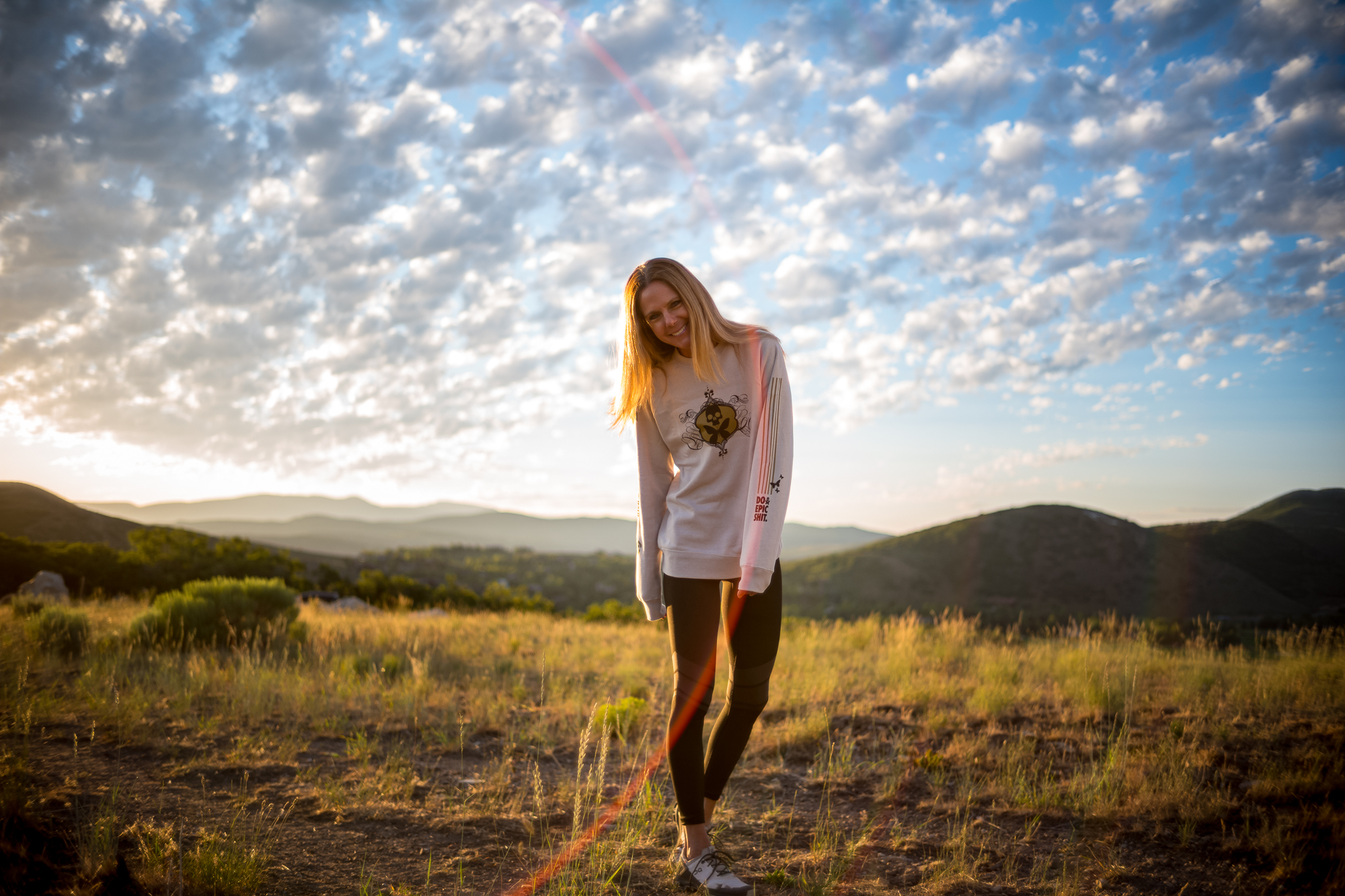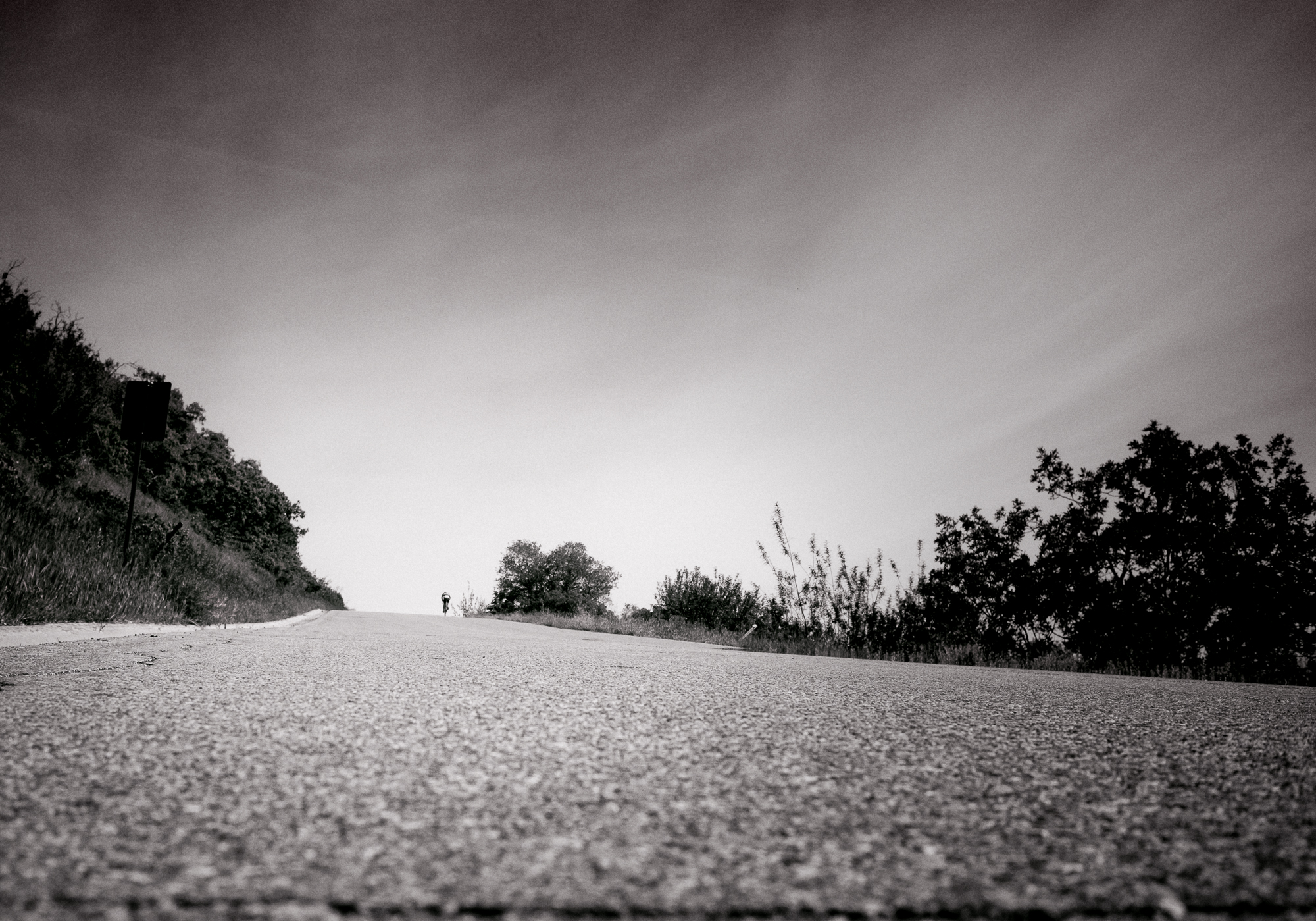The Voigtlander Classic Nokton 35mm f/1.4 II is the second generation of this lens. Among other improvements, the update to the second generation served to eliminate a focus shift when changing apertures with the first generation of this lens.
There are also two version of this lens:
- Multicoated (MC) version: reduced lens flare and higher contrast
- Single coated (SC) version: reduced contrast and less flare resistant
I tested the multicoated, second generation, of the lens. I had a tough time deciding which to version to buy. I was worried that the single coated version would be too much of a good thing. I have no idea if if that was the right decision.
The lenses in the Voigtlander classic series are designed to simulate vintage glass from the 60’s and 70’s. Essentially, this series of lenses uses retro lens designs with updated technology and a modern housing. According to Voigtlander, “Unlike modern performance-based lens designs, lenses of the Voigtländer classic series realize beauty of character and image rendering by intentionally retaining aberrations”
Translation: Voigtlander is asking you to stop searching eBay for Canon LTM, Nikon LTM, Russian, and legacy Leica lenses. Instead they want you to buy a new lens that creates images like an old lens. Asking people to do that is a work of genius or a silly marketing gimmick.
On the one hand, selling a “classic” lens could be considered genius because it is no secret that there is currently high demand for vintage lenses. Ever since hipsters (myself included) started adapting vintage lenses (e.g. vintage lenses seem to be getting more expensive every day) to mirrorless cameras the prices have been on an upward trajectory that even Covid-19 couldn’t stop. Buying vintage lenses is, unfortunately, a wretched experience for anyone who needs to use eBay to acquire their lenses – present company included.
On the other hand, selling a “classic” lens could be considered to be just a silly marketing gimmick because it seems that people who are into vintage stuff may want actual vintage stuff rather than new stuff that works like vintage stuff. If you are being brutally honest with yourself, in all likelihood, part of the reason you are reading this website is that you relish the opportunity to show and tell the people you are photographing that the lens you are using is from 1950, 1960, 1970, or whenever? Be honest. I do it too. Don’t be embarrassed. It is part of the game and sometimes it is a great way to start conversation and open doors. Saying “this Carl Zeiss lens dates back to World War 2” is significantly more interesting than “I bought this Japanese lens at a superstore in NY last week and it works like something that I could have inherited from my grandfather who was into photography in 1960.”
It seems, therefore, that my task with the Voigtlander Nokton Classic II 35mm f/1.4 is to sort out whether it is genius or a silly marketing idea.
On garden gnomes and parked cars
There is no need to belabor the usability discussion. Other than the fact that the lens hood is sold separately, there is nothing to complain about. This lens is a perfect, tiny, little, rangefinder lens. If you are comparing this lens to a vintage camera lens (which is what you are supposed to be comparing it to) there is no comparison. It is as good or better than anything I have ever used that was made in the 50’s, 60’s, or 70’s. Heck, the usability is as good as any other lens of any age but before you go and do something stupid and compare the usability to a modern lens, please don’t. Whatever you do, don’t compare this lens to a modern lens.
Flare there?
Check out the image at the bottom. See that flare right through the middle of the image. That is the flare. It is a one-trick pony. Search the hashtags, look at flikr. This is the flare. Right there. In the same spot. All the time. If it works for the particular image it works. If not, it is just right there smack dab in the center and, to be honest, it gets old after a while.
Does it have SOUL?
The Voigtlander Classic II 35mm f/1.4 has copious amounts of SOUL. This lens has the soul of beef hearts, tripe, kidneys, bone marrow, sweetbreads, and pigs feet. An explanation is in order.
I worked in restaurants for years. I know of too many chefs who seem to (at least in my opinion) lose their minds after they master their craft and start eating and doing weird things with weird food. One otherwise sane and reportedly drug-free chef started only eating fast food when he wasn’t at work claiming “it is genius.” Another waxed poetic about eating offal. These are not isolated incidents. To wit, Thomas Keller, the owner and chef of the world-famous The French Laundry” once opined, “It’s easy to cook a filet mignon, or to sauté a piece of trout, serve it with browned butter à la meunière, and call yourself a chef. But that’s not real cooking. That’s heating. Preparing tripe, however, is a transcendental act.”
Are you a photographer who, like these chefs, is looking for something other than what is widely accepted by the common photographic palate? Are you looking for a funky beef heart of a lens that is altogether imperfect by modern standards? Are you looking for a camera lens that will go as far as doing something like this when shot wide open…..
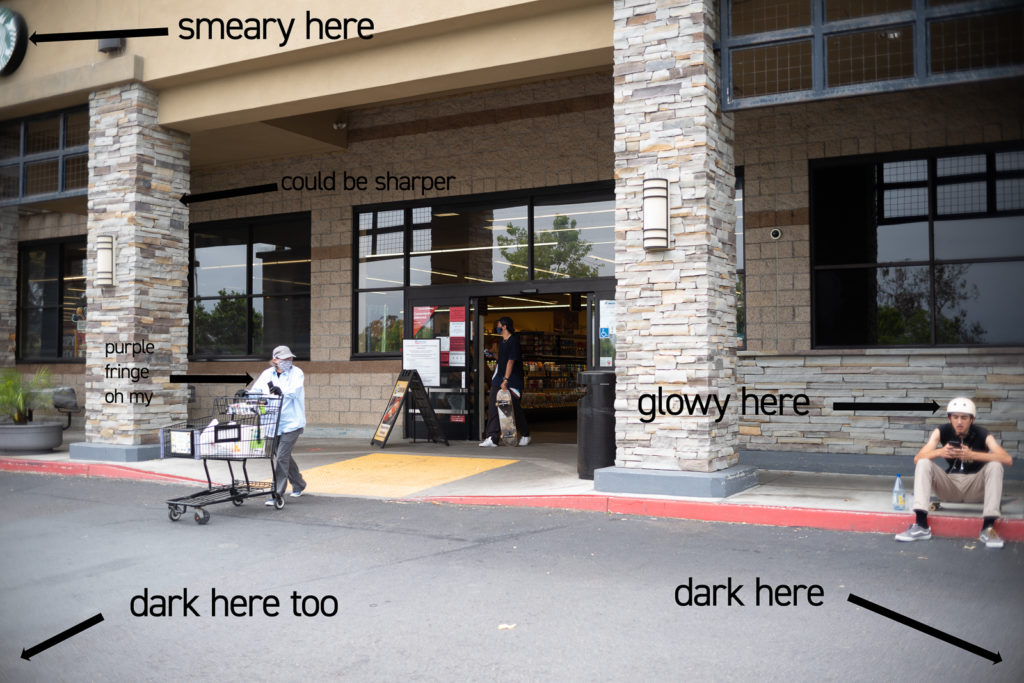
If your answer to any of my previous questions is yes, you seem to be looking for a photographic pigs foot to create SOULful art your Leica or mirrorless camera, the Voigtländer Nokton Classic 35mm f/1.4 may satisfy your desire for photographic offal.
If your answer to any of those questions is “No!” Or “No, you people are just a bunch of hipsters with too much money and not enough sense to know you are getting scammed this is all bull$*@#.” Or “No, I was there in the 70’s and this vintage stuff was junk back then and it is still just junk being peddled to a bunch of nitwits looking for nostalgia that doesn’t exist anywhere except their minds and in marketing departments.” Or even “No, look at that vignette, I am dying over here. Please let me get my MTF chart and take a picture of some lines so I can decrease my blood pressure,” you should pass on this one.
If you answered no, chances are good that no matter what I do or say will convince you otherwise. But if you are on the fence and you are not sure if tripe is tasty, here is an example of what this lens does when it gets activated and goes full classic mode. I promise I didn’t run it through some vintage filter. This is straight out of the camera.
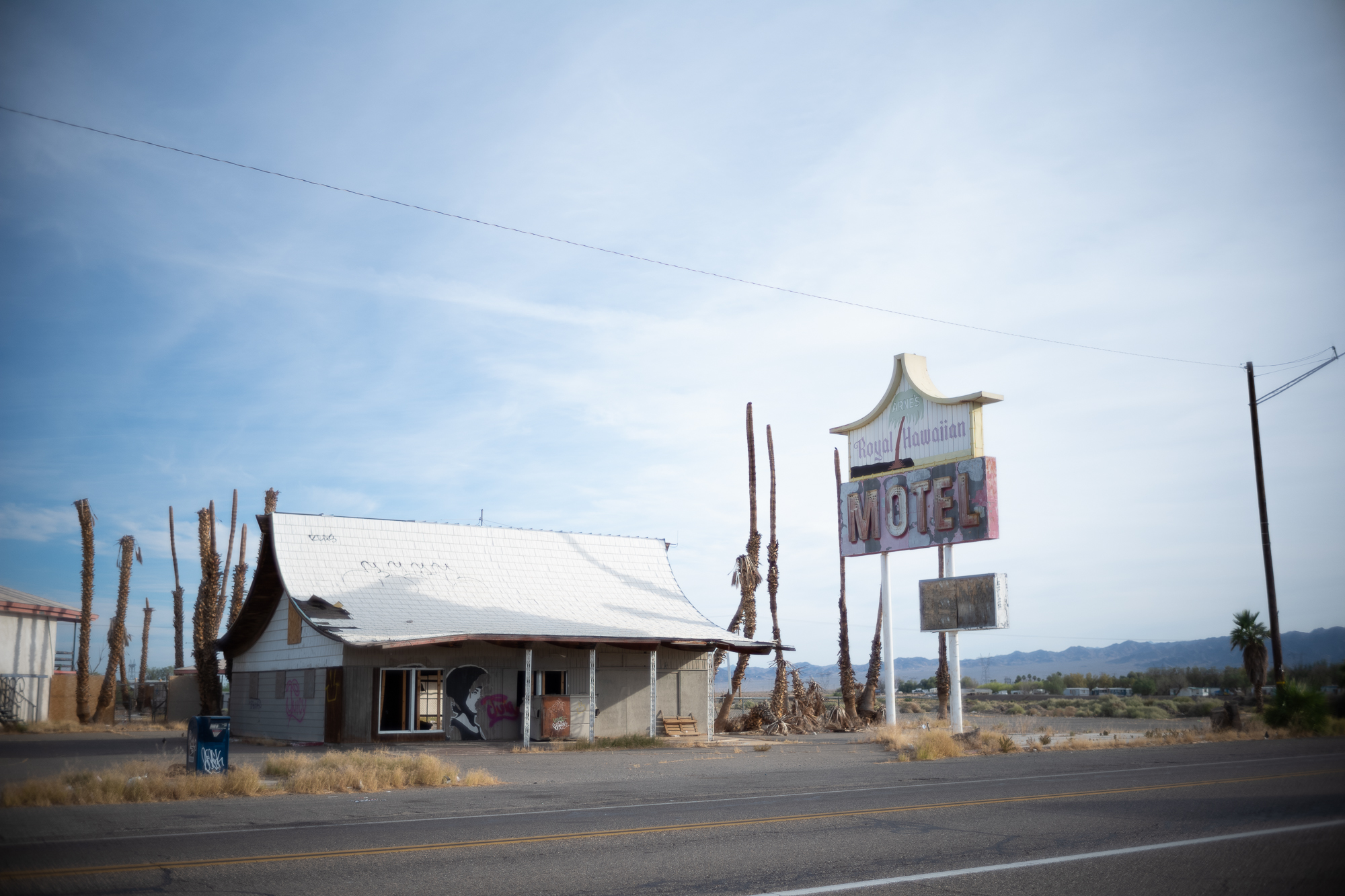
As you can see, when this lens is shot wide open it does everything you would expect from a vintage lens including softness, strong vignetting, color shifts, glow. All of it except flaring. I was using the MC version and flares are well controlled. It will flare but you really need to try to make it flare by shooting directly into the sun. Flares are big and round but, as a general rule, it is pretty hard to get this lens to flare.
It is also important to note that when stopped down, however, all of that vintage business goes away and you are left with amounts to a modern lens.
Everyone who has read any of my other vintage reviews knows that I am no friend to The Leica Glow. This lens, however, glows a bit differently than others like the Leica Summarit 50mm f/1.5. It has a faint glow that is more like a dying firefly than a Boom Chica WOW WOW, Michael Jackson, glamour glow like the Summarit M 50mm 1.5. The glow is a subtle, interesting, (gasp) peaceful, (gasp) charming glow that doesn’t make me recoil in horror(1). As much as I hate to say it, I actually dig it. Here is an example of the glow wide open compared to a much more modern side of the lens stopped down.
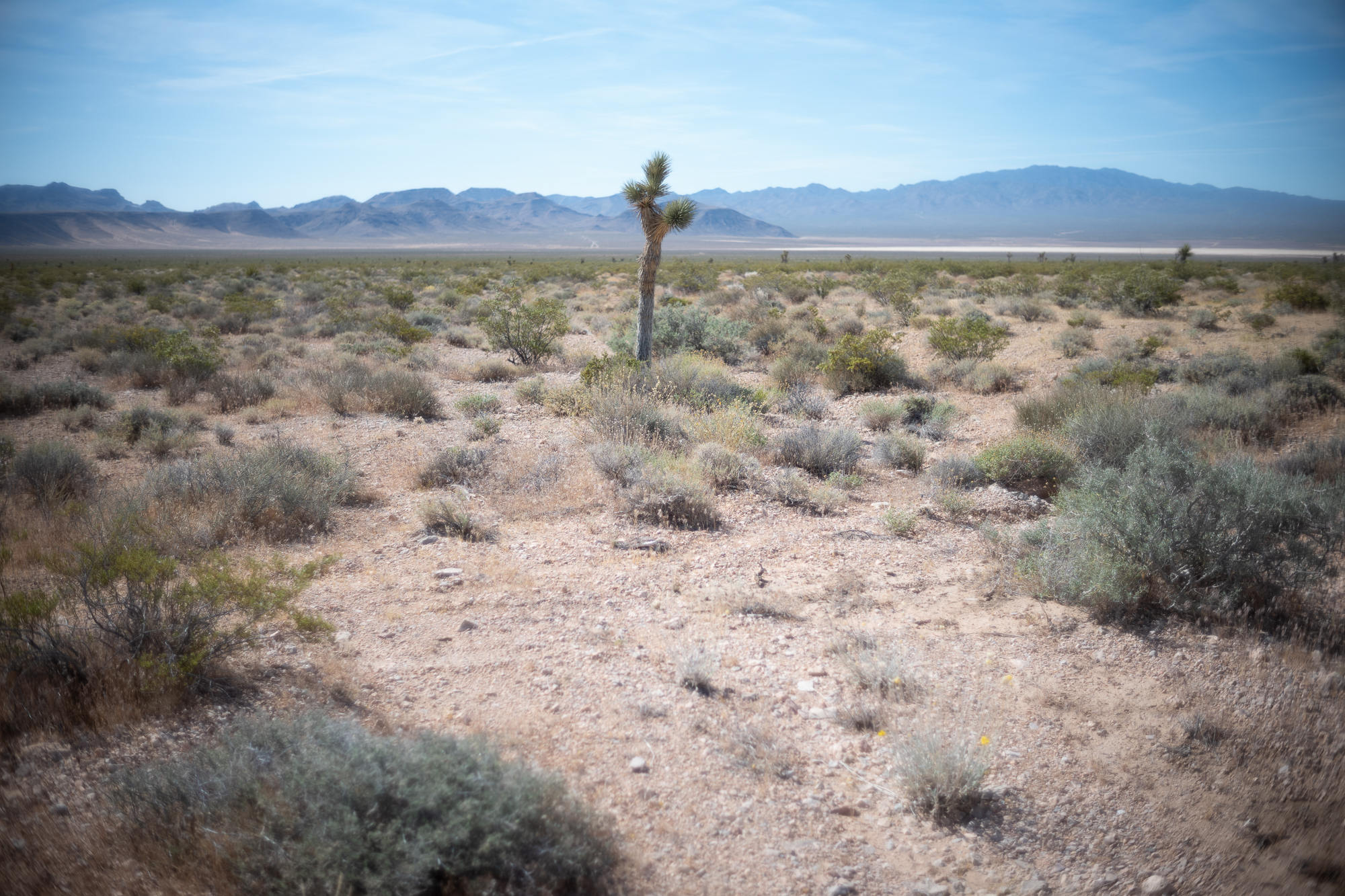

It would appear that if you are looking for a funky beef heart of a lens, you have found your tribe. Voigtlander is signaling to you that you that they are your people and that your love of the imperfect makes you a genius and not a crazy person. Voigtlander may also be saying that eating beef hearts is a reasonable past time but it is more likely that I just took that stupid analogy too far (2).
So, did I keep it?
My standard recommendation is that everyone should have a modern lens and a vintage lens in each focal length. The question about this lens isn’t whether it can fill the vintage void in my camera bag. It can.
The question I am asking myself is whether the trade off of having a “modern-vintage” lens (yes that is a new category) for $700 overcomes the headache buying and owning something like a lower cost Canon 35mm f/2 LTM or a Jupiter 12(3)?
Do I want to own something new that functions like it was old or do I want to own something that is actually old that will add to my street cred if I ever happen to be walking around Brooklyn after the stay at home order is lifted. That is the question at hand.
To learn whether or not I kept this lens, please check out my Leica Lenses for Normal People: The Recommended List where I summarize my hundreds of hours and thousands of dollars spent on research. In that list, I compare this lens to others which, I am hoping, will help you in your search. If your situation is like mine, I am pretty sure I can save you some time, headaches, and money with your lens purchases.
Notes:
1. NOTE: I do recoil in horror at the fact that I just described glow as peaceful and charming but it is what it is.
2. Voigtlander isn’t the only game in the “modern-vintage” space. If this lens is interesting to you, you might consider spending a few minutes over at Japan Camera Hunter and learn about Mr. Miyazaki and his MS-Optic lenses. He seems to be taking the “modern-vintage” approach but with a bespoke style that goes to 11 99. I have not had the opportunity to use them….yet.
3. For the record, comparing the Voigtlander 35mm f/1.4 Nokton to the Voigtlander Color Skopar 35mm f/2.5, Voigtlander 35mm f/2 Ultron, Zeiss Biogon 35mm f/2.8 M, or any modern Leica lens is like asking which is better, clumping cat litter or the fourth season of Shameless? That comparison doesn’t make any sense nor do those lens comparisons. This lens should only be compared to vintage lenses from the 60’s and 70’s. This point is too often (always?) overlooked by people recommending this lens in forums and even by people making YouTube videos comparing them. This all suggests (at least to my addled brain) that 1) people making these recommendations aren’t actually using the lenses and/or 2) Voigtländer may have a marketing problem. Perhaps putting the “Voigtlander Classic” line of retro glass in a modern housing while at the same time selling the “Voigtlander Vintage” line of lenses with modern glass in a retro housing is confusing. Whatever the reason, I don’t understand how anyone making recommendations online doesn’t either see what I am seeing, understand the purpose of this lens (it is written on the Voigtlander website) and why comparing it to a modern lens is a chuckleheaded maneuver.
Sample Images


